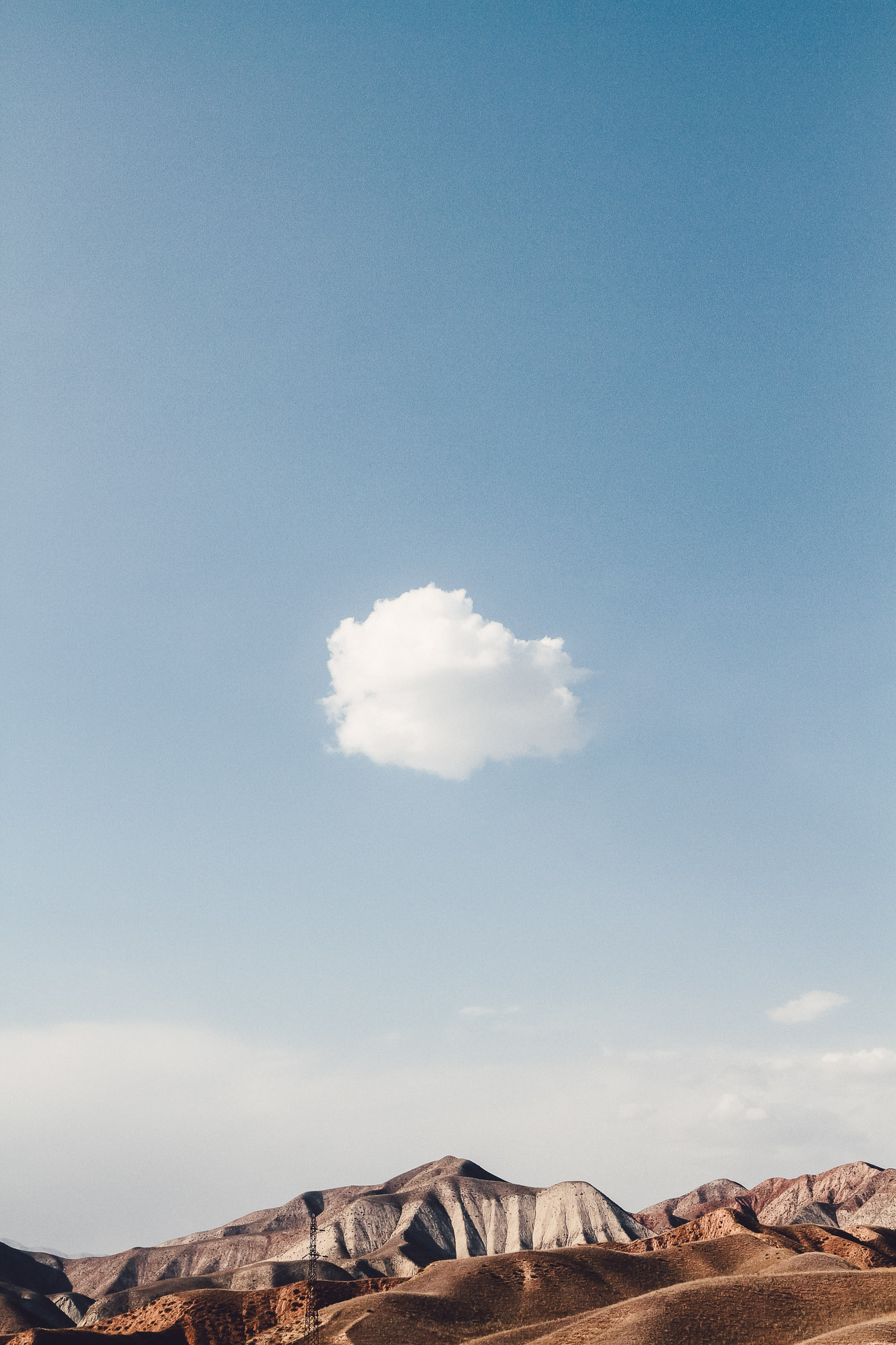Trying a different approach to landscape photography is a great way to broaden your skills with the camera, here are five easy ways to get started
1 Forget about the usual landscape photography “rules”
It’s drilled into us when starting in landscape photography that for the most successful shots, we should always follow the conventional rules of landscape photography, like the “rule of thirds”, “strong foreground interest”, “use vanishing points”, and so on. How about another one; disregard them all.
Try taking landscape shots where you don’t consciously follow any rules or set formulas that make a traditionally “good” image, Be free and get creative with new angles, frames, horizon lines and so on. I firmly believe you don’t need to follow the rules to get spectacular landscape shots; on a personal level, my landscape shots that don’t generally follow anything are my favourites.
I took this image below at the Lake District while fell walking in late November, it doesn’t follow any composition rules at all, but I still love it.

2 Go for a big sky
Make the sky in your landscape images the predominant part of the composition. Go big and make it two-thirds, three-quarters, or even four-fifths of your frame. Not only does it create an epic sense of scale for your shot, but it can also be significantly pleasing to the eye, whether from a range of gorgeous colours and tones present in the sky or blocks with solid colour creating an overall minimalist aesthetic for your shot. Another bonus element in incorporating a lot of sky, is it’ll give your images plenty of space for copy - ideal for overlaid text and editorial use.
Documentary photographer Tom Cheater often incorporates a lot of sky into his images with beautiful effects, like in this shot from Toktogul, Kyrgyzstan.

3 Make it abstract
Challenge the viewer’s perception of the scene by creating an abstract shot. Rather than capturing the scene directly in front of you, look around for shapes, colours, patterns and objects that could make an interesting and unusual main subject for the image. This image by Emmanuel Filace of the peaks at the Perito Moreno Glacier, Argentina, is a brilliant example.

Don't forget to look down, too - sometimes, the most interesting details are right under your feet!
4 Find an uncommon view or framing for your subject
Give your landscape image a unique twist by placing your subject within a frame in your composition. Spending some time in the environment around you, you’ll be sure to find something that could work, or just take time experimenting - that’s part of the fun!
The same goes for unusual angles, details and viewpoints, this image from Marcus Hennen of the famous cliffs of Étretat, Normandy, France, is a brilliant example to show how focusing on a single environmental detail in the scene can make an impressive out-of-the-ordinary landscape shot.

5 Fill the frame and zoom in
We’re often told we need a good wide-angle lens to get the best landscape shots, but that’s not the case. A landscape captured with a zoom lens can be just as compelling, even more so, as you’ll likely find new patterns and shapes in the landscape overlooked by a wide-angle view. Photographer John Sirlin does exactly this with his winter cactus shot.










